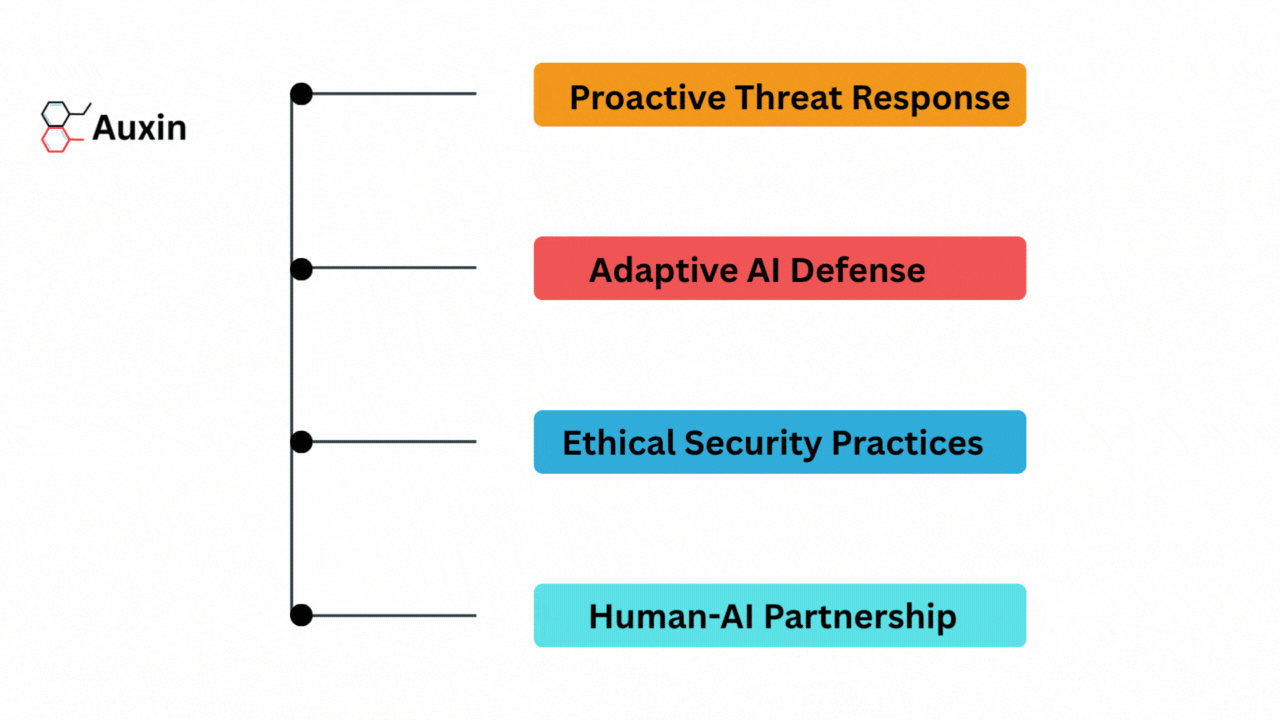Age of Deception: Examining the Threat of Deepfake Technology
Deepfakes, a term coined from “deep learning” and “fake,” represent a concerning phenomenon in digital media. These sophisticated manipulations utilize artificial intelligence (AI) algorithms to overlay or swap the faces of individuals onto existing images or videos, often with astonishing realism. As the capabilities of AI technology continue to advance, deepfakes have become increasingly prevalent, raising significant concerns regarding their potential misuse and impact on society.
For example, one recent controversy that underscores these concerns is the Princess Kate video, which purportedly depicts an AI-generated portrayal of a princess saying that she has been diagnosed with cancer. This video has ignited debates surrounding the authenticity of digitally manipulated content and the ethical implications of its dissemination.

In this blog, we will explore their rise in popularity, the issues surrounding their creation and distribution, and their long-lasting impact.
Understanding Deepfakes
Deepfake technology is a form of synthetic media created using artificial intelligence (AI) algorithms to manipulate or generate realistic images and videos. This technology uses sophisticated neural network architectures, with one notable example being Generative Adversarial Networks (GANs). GANs consist of two neural networks – a generator and a discriminator – that work in cycles to produce compelling fake content. The generator generates fake images or videos while the discriminator assesses their authenticity, creating a feedback loop that improves the realism of the generated content over time.
The technology often utilizes autoencoders and convolutional neural networks (CNNs) to encode and decode visual information, enabling it to manipulate facial expressions, lip movements, and other features accurately. Despite their potential for entertainment and creative expression, deepfakes pose significant risks in various contexts.

For instance, they can be used to create forged evidence, spread misinformation, or manipulate public opinion. As of 2021, it was estimated that over 99% of deepfake videos online were pornographic in nature, highlighting the prevalence of this technology in malicious contexts. Moreover, the proliferation of deepfakes has raised concerns about privacy, cybersecurity, and the erosion of trust in media and digital content. Therefore, understanding the implications of deepfake technology is crucial for mitigating their potential negative impacts and safeguarding against their misuse in various domains.
The Princess Kate Video Controversy
The video purportedly featuring Princess Kate discussing her cancer diagnosis, generated using AI, has stirred significant controversy and debate. It emerged amid growing concerns about the usage of deepfake technology and its potential to deceive and manipulate unsuspecting audiences. Supporters of the video’s authenticity highlighted its emotional impact and the realistic portrayal of the Duchess of Cambridge’s likeness, suggesting that it could raise awareness about cancer and the importance of early detection.

However, skeptics raised doubts regarding the origin and accuracy of the footage, pointing to inconsistencies in facial expressions and subtle artifacts indicative of digital manipulation. Forensic experts conducted detailed analyses of the video, scrutinizing aspects such as lighting, shadows, and facial movements to determine its authenticity. Despite these efforts, conclusive evidence confirming or refuting the video’s authenticity remains elusive.
The video’s controversy has broader implications for society and media, underscoring the need for robust measures to detect and mitigate the risks posed by deepfake technology. It highlights the potential for malicious actors to exploit digital manipulations for nefarious purposes, including spreading misinformation and undermining trust in media and public figures. It also raises ethical questions about the responsible use of AI technology and protecting an individual’s privacy and dignity. Ultimately, the Princess Kate deepfake controversy is a stark reminder of the urgent need for vigilance and critical thinking in navigating digital media’s increasingly complex and deceptive landscape.
Impact of Deepfakes

The rise of deepfake technology has raised significant concerns about its impact on society. Deepfakes can spread misinformation by convincingly depicting individuals saying or doing things they never did. This can have severe consequences for public discourse and decision-making. One notable incident involving deepfakes that affected users occurred in 2017 when a deepfake video of Facebook CEO Mark Zuckerberg emerged on Instagram. The video showed Zuckerberg discussing Facebook’s power and control over its users’ data and other controversial statements. Despite being manipulated, the video gained significant traction and sparked widespread concern about the potential misuse of deepfake technology.
Moreover, deepfakes raise ethical and legal considerations regarding their creation, dissemination, and regulation. Questions arise about the right to privacy and consent of individuals depicted in deepfakes, as well as the responsibility of platforms and users in preventing their spread. Addressing the impact of deepfakes requires a multilayered approach that considers not only technological solutions but also legal and ethical frameworks to safeguard against their harmful effects.
Wrapping Up
In conclusion, as a cybersecurity firm, Auxin recognizes the significant threats deepfake technology poses in today’s digital landscape. The propagation of deepfakes presents serious challenges in terms of trust, misinformation, and privacy, with potentially far-reaching consequences for individuals and society. Stakeholders across various sectors must collaborate and develop robust solutions to address these challenges effectively. Auxin remains committed to staying at the forefront of cybersecurity innovation and providing proactive measures to mitigate the risks associated with deepfake technology.
By raising awareness, implementing security protocols, and advocating for responsible use of technology, we can work towards minimizing the harmful impacts of deepfakes and fostering a safer digital environment for all. Ultimately, safeguarding against the threats posed by deepfakes requires a determined effort from policymakers, technology companies, and individuals alike.







